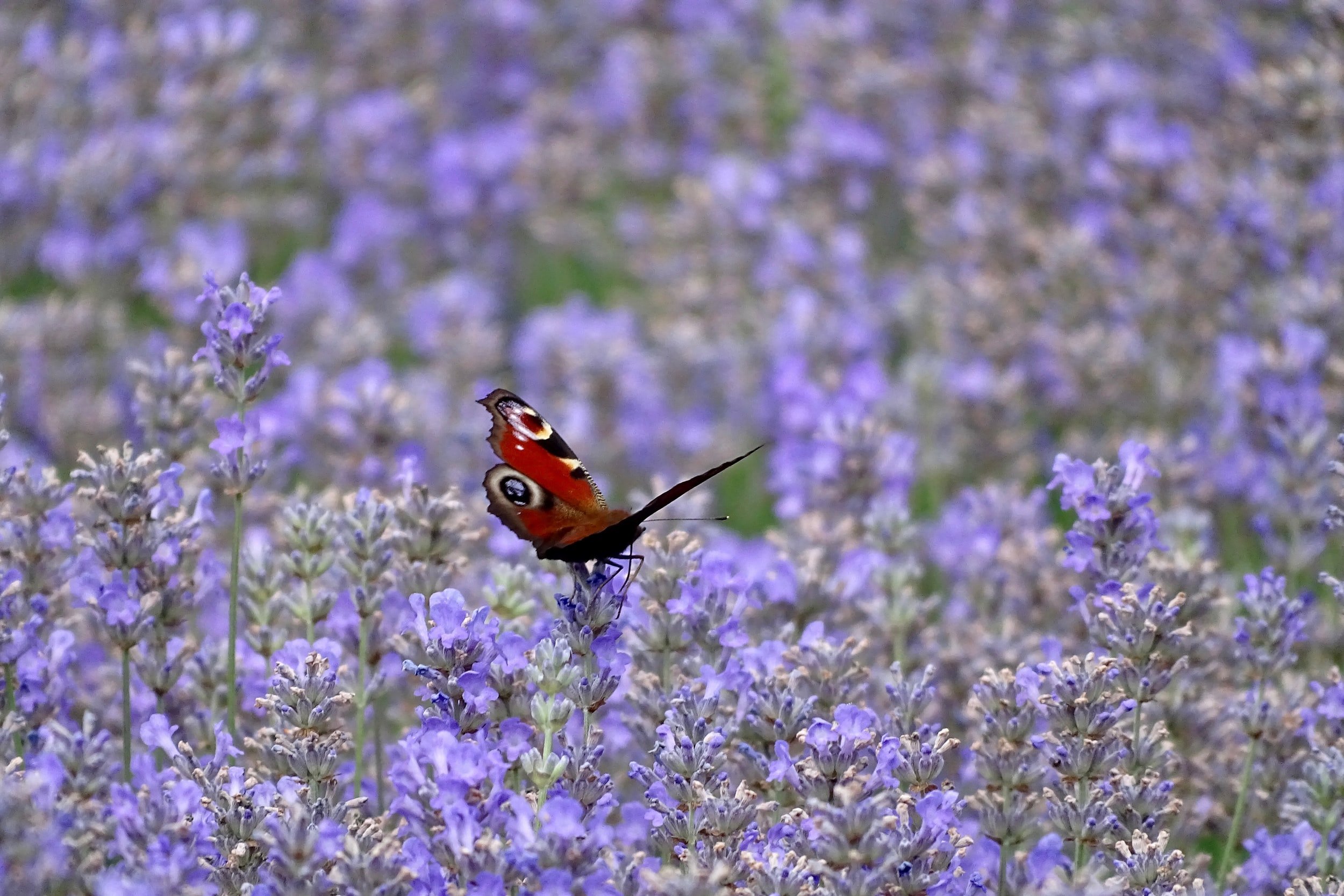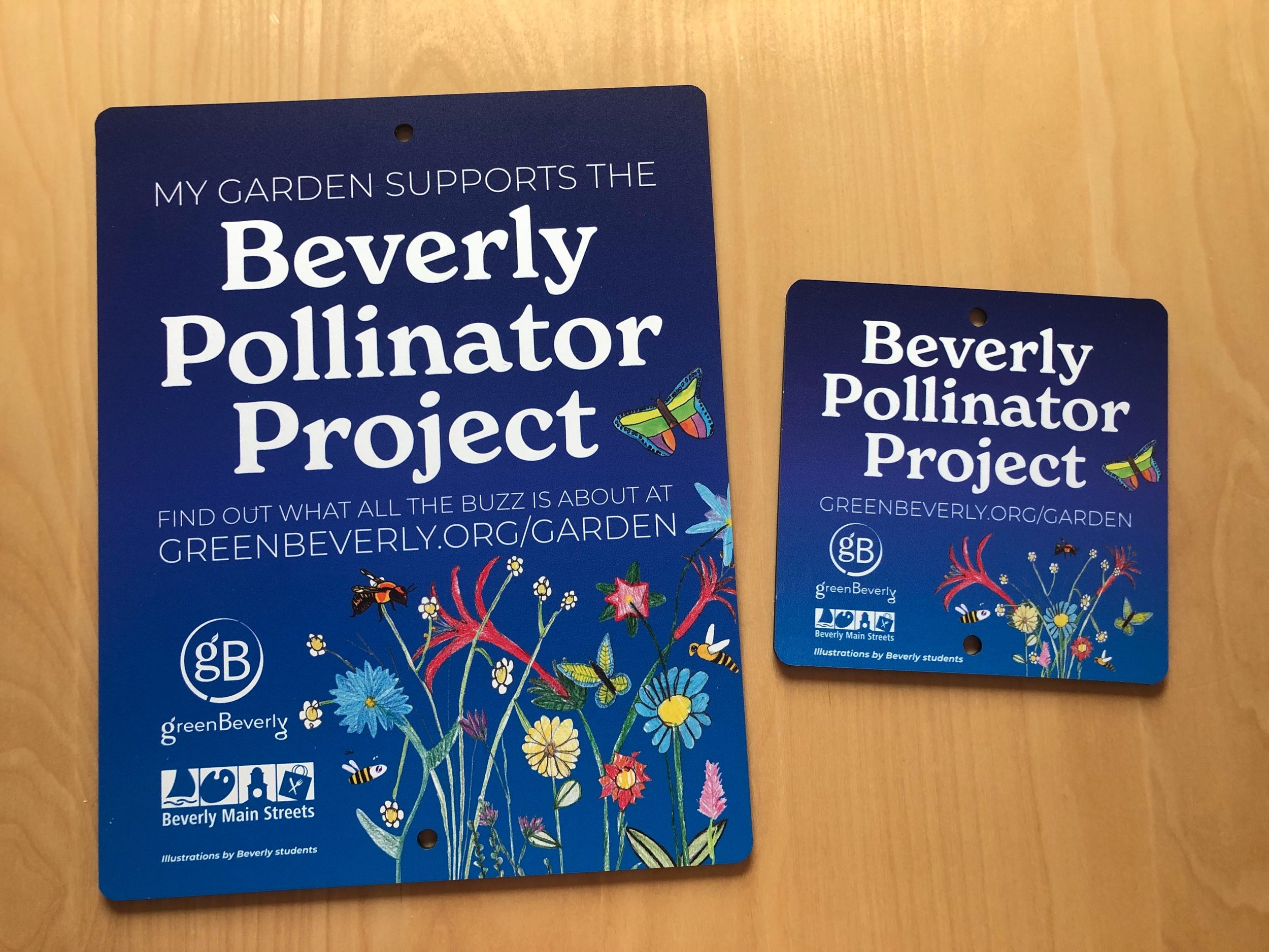
LAWN & GARDEN
Green Actions
NEWS: pollinator information has been moved to Beverly Garden Pollinator Project to better showcase all of our new offerings. Come check it out!
LAWN * SHRUB & FLOWER * HARDSCAPE * INVASIVE PLANTS
SHRUB, FLOWER & TREE ACTIONS
Have native pollinators in your garden? Join the Beverly Pollinator Pathway Map! Go to our Garden Pollinator Project page to sign up
Plant native pollinators. Go here to see our current pollinator projects, rebates or FREE PLANT offerings
Check out native pollinator demonstration gardens - on the Garden Pollinator Project page
Use organic mulch (like leaves) under trees and bushes where grass won’t grow but weeds will
Leave material for pollinators to nest in like dead trees or snags. Refer to further explanation on this page of the Xerces website. https://xerces.org/pollinator-conservation/nesting-resources
Plant specifically “native” pollinator plants
Don’t use pesticides
Use groundcover plants in any garden bed as a low-growing base layer
Strategically place deciduous trees to provide shade in the summer and evergreens to provide a windbreak in the winter
Select deep-rooted plants for your outdoor spaces to hold and soak up rainwater flowing off roofs, driveways, and other impervious surfaces
Create a rain garden
If you do need to water, water plants, not pavement
Pesticides and herbicides are not necessary for a beautiful, low maintenance landscape. These chemicals rob the soil of vital nutrients and microbes, requiring more and more applications of fertilizers and chemicals to compensate. (source)
Hearing the BUZZ about Native Pollinator Plants?
News: Thanks to a generous private donation, we’re giving away starter kits, offering rebates for native gardens, and continuing to map gardens across Beverly to complete the network for our pollinators. We’ll also be sharing plenty of pollinator and pesticide education—and putting it into practice at our growing demonstration gardens.
Why? Growing Native pollinator plants will help our local ecosystem. Read this article from Mass.gov to catch a glimpse of the problem and how we can be part of the solution. Green Beverly has a pollinator map that will show the locations of pollinator gardens in Beverly. Then, using the information about how far different bees can fly, we will show on our map the pollinator pathways. Do keep in mind though, that pollinators are more than just bees! Moths, wasps, butterflies, birds, flies, beetles, and even ants and slugs do the job as well! So plant native!
Have a question about sustainable yards?
Ask a Coach
Or Email us, we’re here to help.
Selecting deciduous trees (trees that shed their leaves in winter) for summer shade and evergreens for winter windbreaks can lower costs for heating and cooling 20% or more. (Greenscapes)












